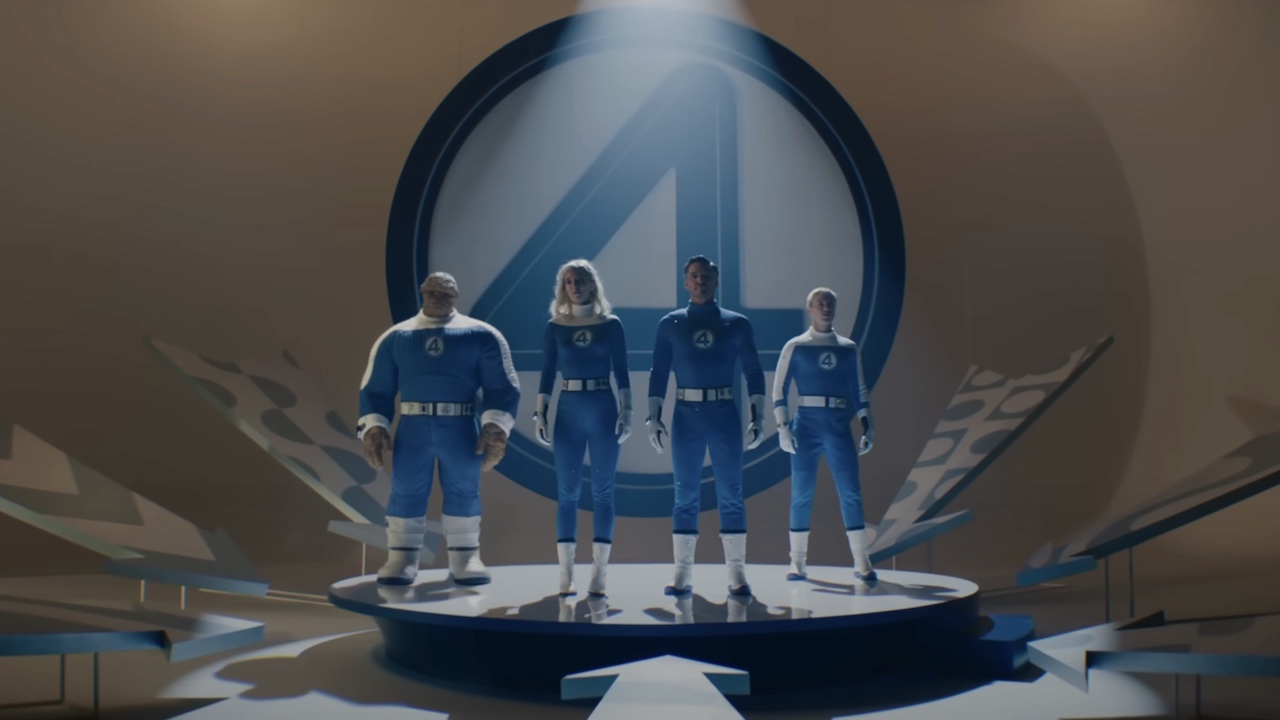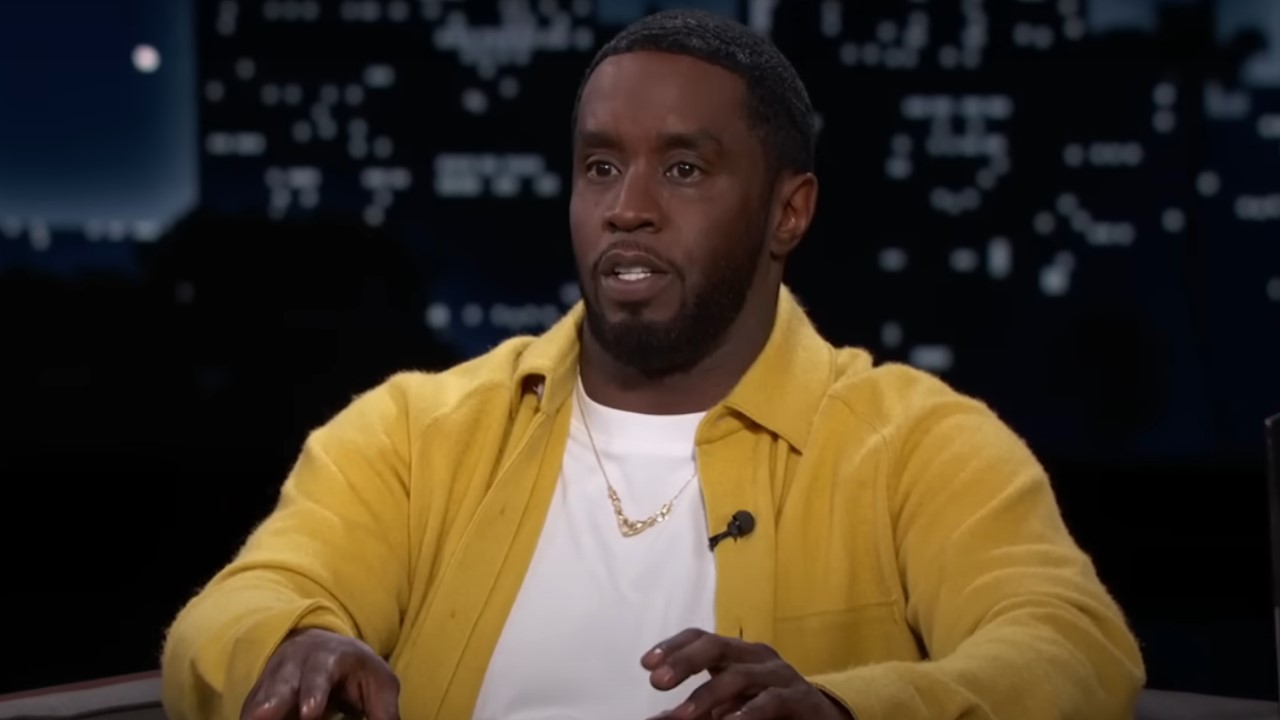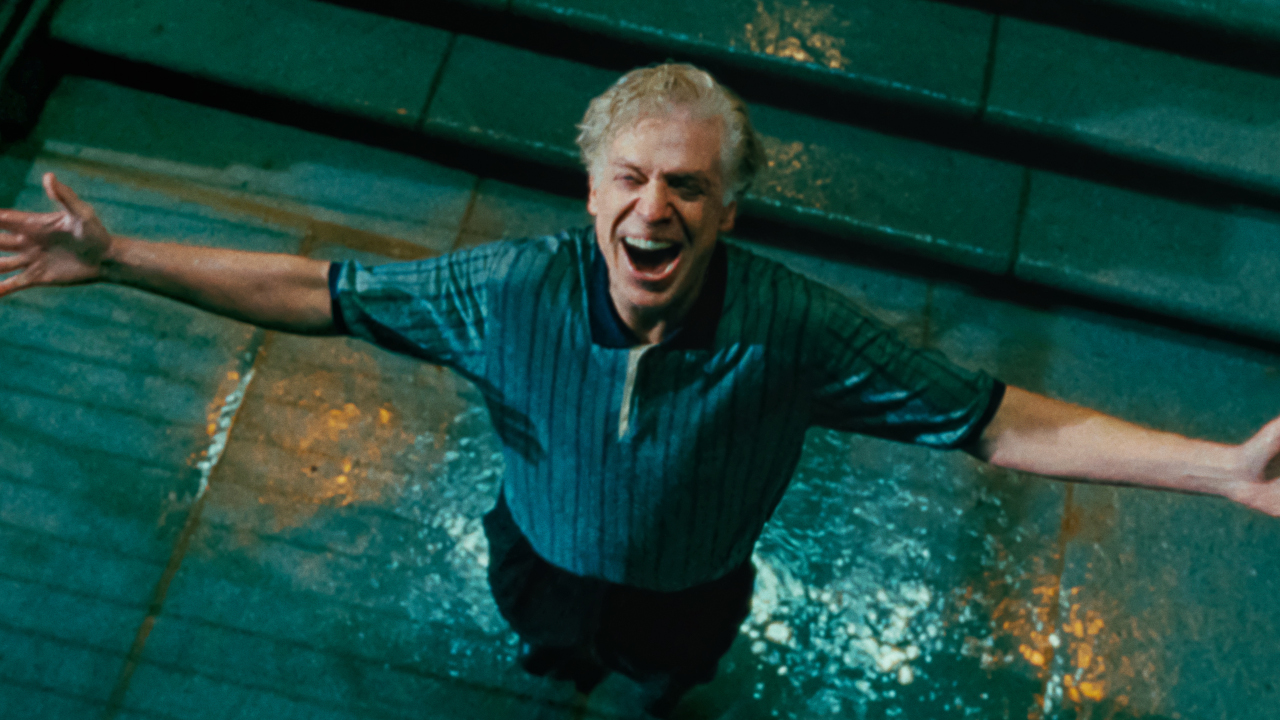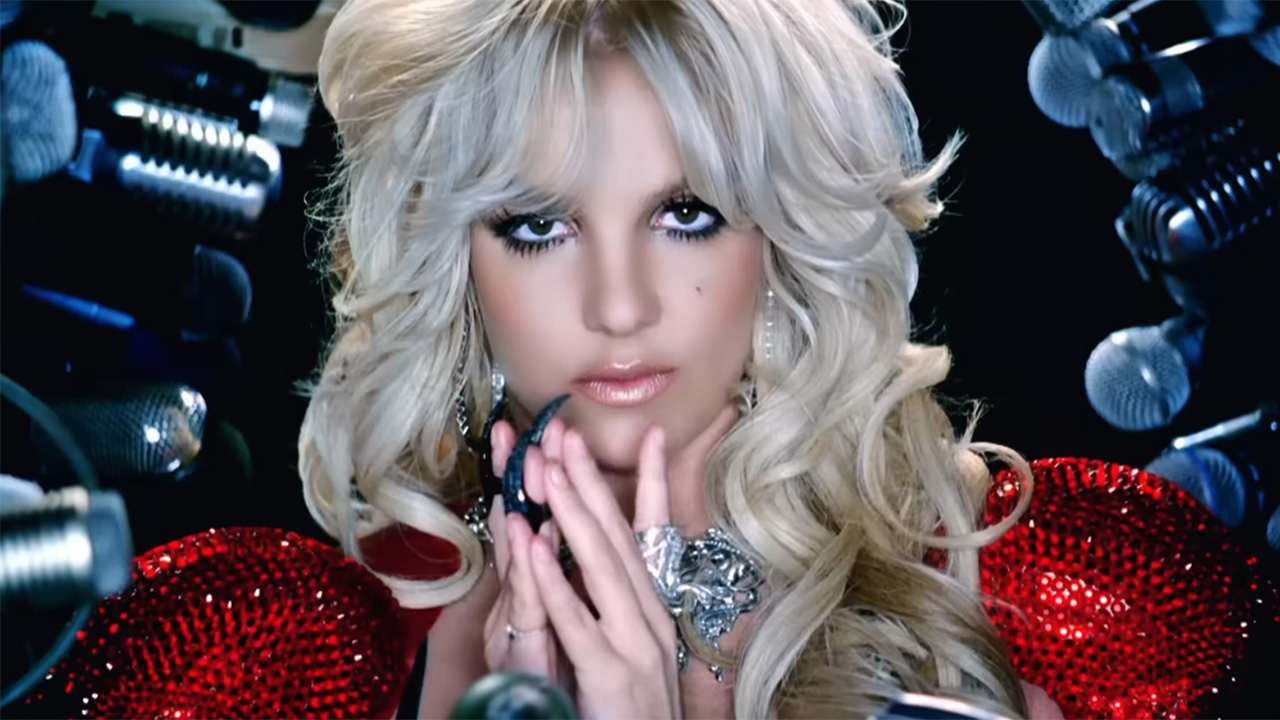Star Wars: Everything You Need To Know About Emperor Palpatine
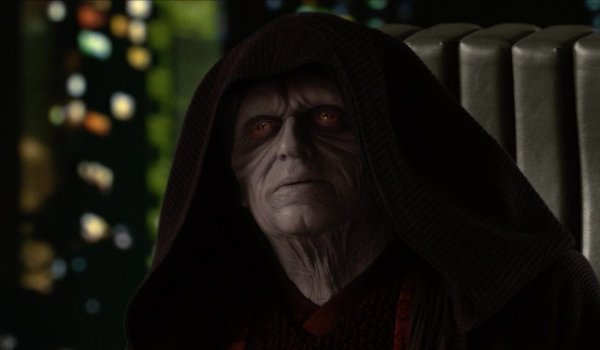
In the canon of Star Wars history, there’s one villain who looms above any and all others that have been featured. His shadow is a dark, vast legacy that even Supreme Leader Snoke couldn’t eclipse, and it’s by his hand that the entire cinematic franchise became what it is today. You may know him as Emperor Palpatine, but he wasn’t always the all-powerful, all controlling figure he was when he died in 1983’s Return of the Jedi.
The road to Palpatine’s reign was the result of a long game that saw Sheev Palpatine go from a seemingly kind politician with aspirations for higher office to the most powerful man in the galaxy. His life, aside from the lives of the Skywalker family, is probably the most important to Star Wars history, and his potential resurrection in Star Wars: The Rise of Skywalker, it seems like a good time to go over the man’s history.
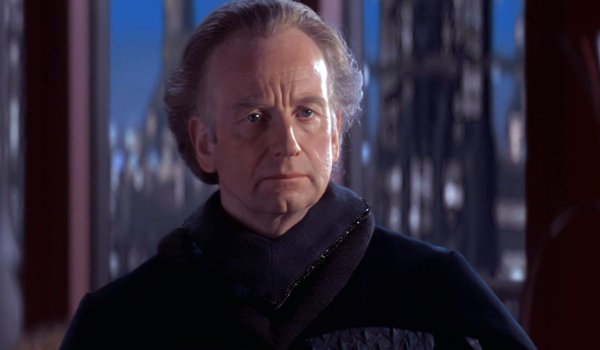
He Was A Respected Senator Of The Republic
In the first episode of the Star Wars cinematic universe, The Phantom Menace, we’re introduced to Sheev Palpatine as a kindly senator from the lush planet of Naboo. A representative of the planet that, at the time, was dealing with some rather aggressive trade negotiations, Palpatine also took a rather keen interest in Jedi politics.
Most importantly, he befriended a young Anakin Skywalker, promising the Republic would watch his career with great interest after seizing power of the Republic senate. It was these twin passions that would see Sheev rise to power and amass the means to keep it.
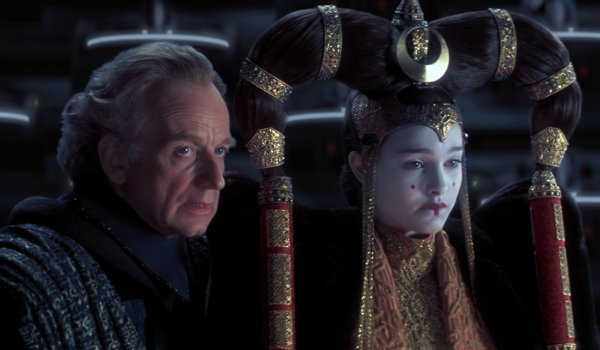
Palpatine Overthrew The Government By Playing By Its Own Rules
As it turns out, Senator Palpatine didn’t overthrow the Galactic Republic by any sort of armed coup, at least not in the beginning with his role in The Phantom Menace. Rather, the shrewd politician used an interesting tactic to install himself as the Supreme Chancelor of the Galactic Republic: he triggered a no confidence vote.
He manipulated Queen Amidala, as well as the rest of the Senate, to cast doubt on then Supreme Chancellor Valorum, by painting him as a leader that was ineffectual during the blockade of Naboo by the Trade Federation. The vote ousted Valorum, with Palpatine being elected into the position he would eventually abuse to the fullest extent.
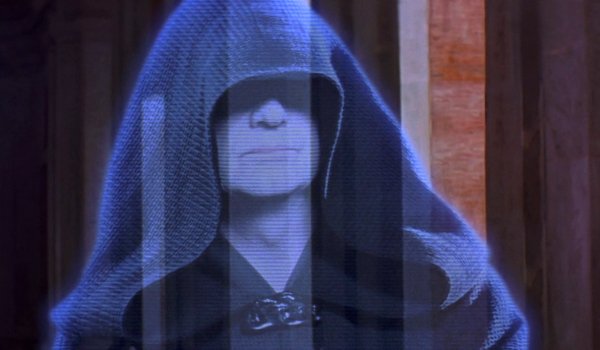
Palpatine’s Hand In Political Turmoil
We saw his opening gambits towards galactic chaos in The Phantom Menace, but Sheev Palpatine had been working behind the scenes under another name: Darth Sidious. To create the conditions to bring himself to power, Palpatine engineered not only the Trade Federation blockade scenario, he also spurred Count Dooku and his confederates to create the Confederacy of Independent Systems.
CINEMABLEND NEWSLETTER
Your Daily Blend of Entertainment News
Operating as a separatist movement that looked to leave the Galactic Republic, this rogue body would eventually become the other half of the Clone Wars conflict that weakened the republic to a state where anyone who was smart enough could collapse it. And Sheev was not only smart, he was the Sith Lord who put it all into play.
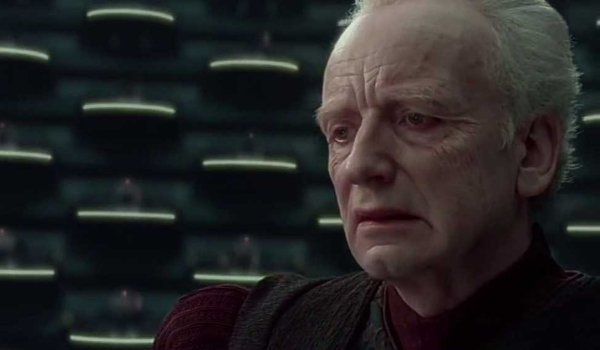
The Last Supreme Chancellor Of The Republic
Supreme Chancellor Palpatine’s reign extends from the end of The Phantom Menace to a decade later in Attack of the Clones, thanks to some more political wrangling. Eventually, he was able to weaken the Galactic Republic’s government to the point where he could grant himself a longer than usual term, as well as find himself granted some emergency powers. And all he had to do was get the Senate to approve of the measures he saw fit, which was easy considering his charming demeanor, as well as the fact that junior representative Jar Jar Binks helped convince the Senate to grant him said emergency powers.
What did Palpatine do with those powers? Why, he ordered the creation of a clone army, of course. While the Grand Army of The Republic was supposed to fight the supposed threat of the Separatist Army, but in time would be used to execute the most infamous executive order in Star Wars history.

Emperor Palpatine Manipulated Anakin Skywalker, Turning Him To The Dark Side
Throughout his political climb, Sheev Palpatine had been interested in one person’s parallel rise to power: Anakin Skywalker's. Brought into the Jedi Order as a Padawan under Qui-Gon Jinn and eventually becoming an apprentice/partner to Obi-Wan Kenobi, Anakin would fight valiantly as a member of the Jedi Order during the eventual Clone Wars.
But during that time, he would not only find himself falling in love with childhood crush Padme Amidalla, he’d also become embittered about being denied a seat on the Jedi Council. Also denied the rank of Jedi Master, Anakin had one person that he really felt saw his potential: Supreme Chancellor Palpatine. Feeding on the young man’s fears and insecurities, Palpatine convinced him to betray the Jedi Order and become his right hand man, Darth Vader.
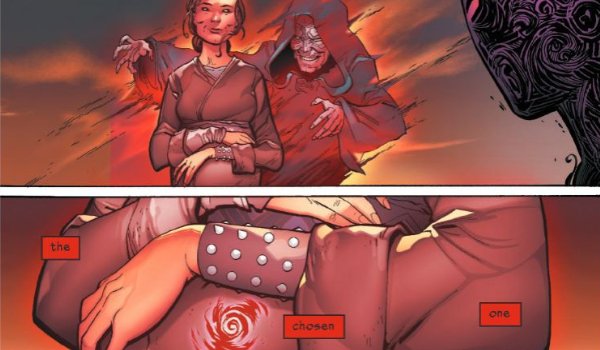
He’s Really Anakin’s Father
While Palpatine was particularly focused on Anakin Skywalker as his Sith apprentice, there was another reason that he was interested in the young man’s well being. According to recent comic lore, it was Darth Sidious who was the father of Anakin “Darth Vader” Skywalker.
As shown in issue 25 of Darth Vader, the canon now supports the theory that Palpatine/Sidious manipulated Midi-chlorians and created Anakin as a child of virgin conception in his mother, Shmi. This tracks with Palpatine’s big speech at the opera in Revenge of the Sith, in which he describes his Sith Lord master, Darth Plageuis, as a man that could control Midi-chlorians and create life itself.
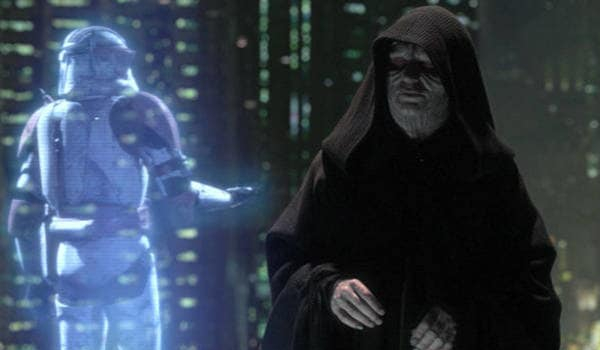
Palpatine Nearly Exterminated The Jedi, Installing Himself As The Emperor of the Galactic Empire
Perhaps the biggest blow to the freedom of the galaxy in Star Wars was the fact that Sheev Palpatine eventually made himself the Emperor of what eventually became the Galactic Empire. It was in this position of authority that he executed an order that he had built into his legion of Clone Troopers: Order 66. Once granted, this order saw the clones that were sworn to fight for galactic peace commanded to turn on the Jedi and purge them from the galaxy. All but a scarce number of Jedi died that day, with Obi-Wan Kenobi and Yoda being the most notable survivors.
Both went into hiding after they were clued into a potential hope for the galaxy, but at this point in time, it appeared that Emperor Palpatine crushed the Jedi. Moving on to dissolving the Imperial Senate, the only measures Palpatine thought he needed to take to keep the universe to himself was the Death Star in his arsenal, and Darth Vader by his side.
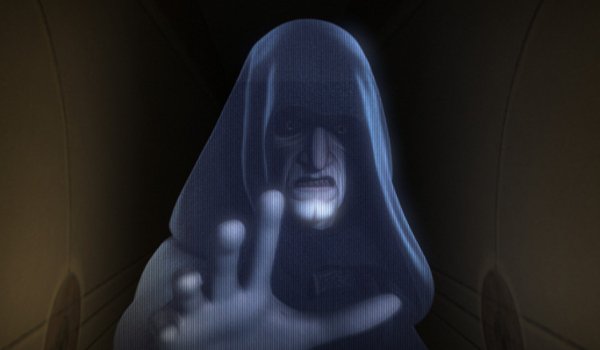
Emperor Palpatine Was Looking For A Way To Cheat Death
The animated series Star Wars Rebels saw Emperor Palpatine searching for something that could grant him even more Force powers than he already had. Located on the planet Lothal, a local Jedi temple had an opening to a sort of pocket universe. Though once a person entered this pocket universe, they could manipulate events throughout time and space, which was exhibited in a moral quandry faced by Rebels’ protagonist Ezra Bridger.
Eventually, Palpatine attempted to seduce Bridger to the Dark Side, much like he did with young Anakin Skywalker, but this attempt failed. Bridger destroyed the temple that housed the portal to this universe of unlimited power, with Palpatine trying to kill him as a result. An important detail to note is that Palpatine names this very portal as, “a conduit between the living and the dead.” So, if someone really wanted to avoid the finality of morality, this would be the way to do it.
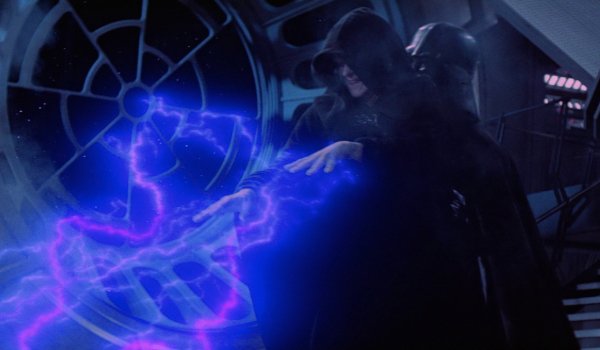
Darth Vader Killed Emperor Palpatine, Sacrificing Himself In The Process
Flash forward to the Original Trilogy era of Star Wars, and we see Emperor Palpatine seemingly high on the hog. The Death Star works perfectly, despite some pesky Rebels blowing one up; and Darth Vader just might bring his son, Luke Skywalker, over to the Dark Side of the Force.
But during a climactic confrontation on the second Death Star, The Emperor was betrayed by his apprentice and thrown down an energy shaft that supposedly incinerated him. Darth Vader, in his final moments with his son, felt more like Anakin Skywalker again, and would eventually appear as his younger self in his Force Ghost form. We’re left with the sense that Palpatine is dead, and peace will now ring out through the Galaxy.
But as we see, or rather hear, in the trailer for Star Wars: The Rise of Skywalker, Emperor Sheev Palpatine, dark lord of the Sith, may not be as dead as we thought. He may have found his loophole between the worlds of the living and the dead, and merely bided his time until he knew the conditions would be optimal for another bite at the galactic apple. There were plenty of Jedi temples out there, and any one of them could have a portal similar to the one on Lothal. It wouldn’t be that much of a surprise, and honestly, it’s better than the clones that the previous Expanded Universe canon used to keep the character in the picture.
For the moment though, this is everything you need to know about Emperor Palpatine, and with that knowledge, let the speculation begin! Star Wars: The Rise of Skywalker finishes the Skywalker Saga on December 20.

Mike Reyes is the Senior Movie Contributor at CinemaBlend, though that title’s more of a guideline really. Passionate about entertainment since grade school, the movies have always held a special place in his life, which explains his current occupation. Mike graduated from Drew University with a Bachelor’s Degree in Political Science, but swore off of running for public office a long time ago. Mike's expertise ranges from James Bond to everything Alita, making for a brilliantly eclectic resume. He fights for the user.

